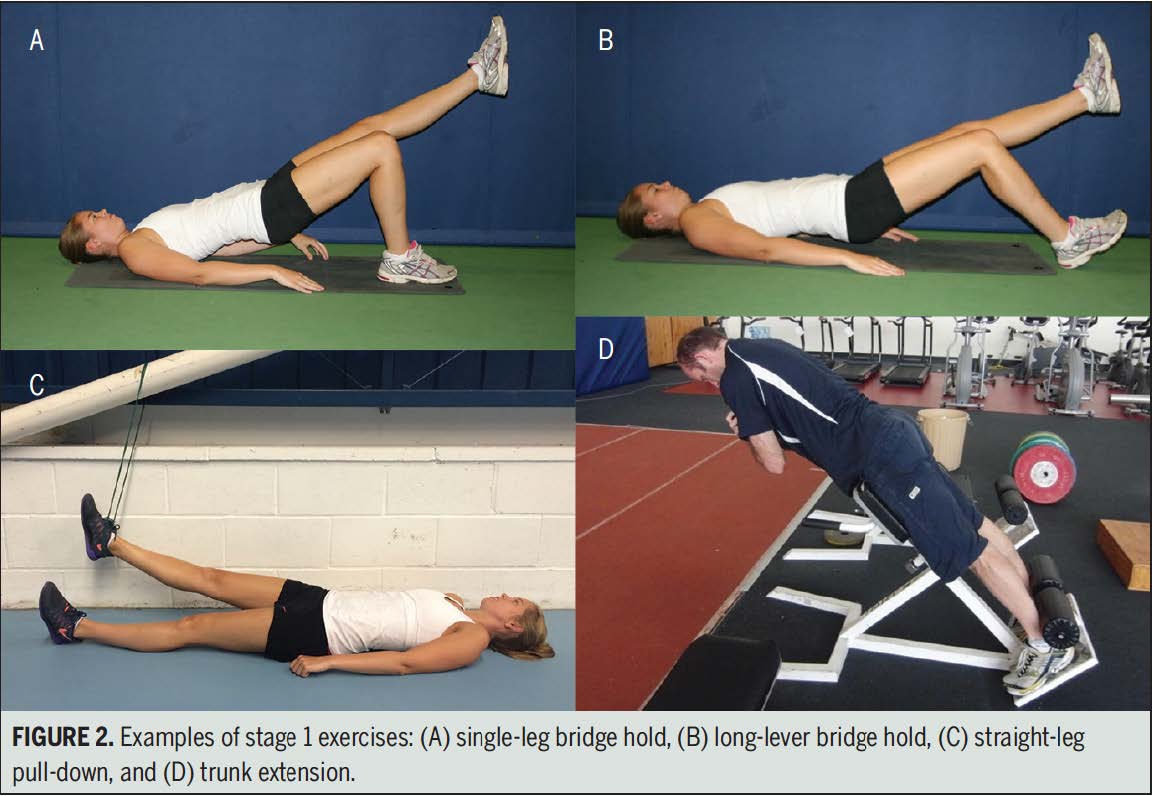Yes, if have grabbed your backside in pain after a run like this guy, it is most likely hamstring pain!
I have been working with runners for 18 years, and it is really a wonderful and exciting experience helping so many meet their goals. This is especially rewarding in the instance where a runner has been dealing with a frustrating, and at times long-term, injury.
Tendon injuries are 30-50% of all sports related injuries. Tendinopathies are pain at the site of a muscle tendon which has persisted for more than 12 weeks therefore considered chronic versus more recent, or acute. Tendinopathies comprise 30% of all reported running related injuries.
Changes within the tendon over time are very important to how we, as physical therapists, treat these injuries. Long term tendon injuries usually do not respond much to complete rest from activity or anti-inflammatories. The two stages of exercise programs which have shown good results are 1) initially 1-2 weeks of exercises called isometrics, which means holding an exercise for a duration of time, 30-60 seconds in this instance, and 2) gradually adding in weekly eccentric exercises, a movement which is SLOW (3-5 seconds) resisting a weight which feels challenging. This exercise format has been a game changer for making more immediate changes in pain relief and performance.
For years, tendinopathies have been one of the more confounding injuries for both the runners who experience them and the health professionals who treat them. What happens over time is the tendon loses its STIFFENESS. This seems very counter-intuitive because as runners we always think we need to stretch and become LESS stiff. These two kinds of stiffness are different. In this instance, a normal aging process that occurs after we are 30 years old results in our tendons being less able to transfer force as efficiently as when we were younger. This is defined as “stiffness”, and with less of this the tendon is less resilient against stress. Just like an old rubber band that gets stretched out and loses its “snapping” ability. If we couple an aging tendon with certain forces sustained with running, sometimes overtraining or an inefficient gait patterns, the tendon starts to become inflamed and painful. After enough time the inflammation stage can turn into this degenerated stage of tendinopathy. Treatment then must be targeted less on inflammation, because for the most part that isn’t the main issue anymore. It is then imperative we tap into our bodies’ own healing ability using GRADUATED LOADS OF EXERCISE to CHANGE the tendon back to its normal state!
SO… That is the “why” of the following exercise program. “How” do we do this now?
The first initial isometric exercises you will hold 30-60 each for 3-5 sets. These are the rules:
Do daily with 70-90% of your maximum effort
Pain is ALLOWABLE DURING exercise if equal to or less than a 5/10 on your self-rated pain score (0/10 is pain free and 10/10 is highest pain rating), AND subsides by the next day
Stop if exercises aggravate another condition, such as low back pain etc. Feel free to contact me for other isometric suggestions
Hip is in a neutral position, such as with standing (not deeply flexed as in a squat)
This program can be combined with other techniques such as massage, manipulation, trigger point dry needling, taping, etc. but do refrain from direct pressure such as foam rolling or lacrosse ball trigger point release DIRECTLY over the tendon itself (on the muscle belly is perfectly fine)
Big question… what to do about running? So, the general guideline is you can keep running with the following suggestions:
If you keep running, use a pain rating system (BE HONEST) so you keep your routine at or below a 5/10 pain, resolving by the next day. *** If you are unable to modify your pace or duration to keep below 5/10 you may need to purely cross train a week or 2, then try again
Temporarily avoid hills and speed work as much as possible- due to the anatomy of the hamstring tendon this will prevent the tendon from being “wrapped” around a flexed hip while it recovers
Decrease frequency to every other day or 2 days, with cross training using any PAIN FREE exercise you like (swimming, spin, elliptical, etc)
After the isometric program, you will move into a gradual eccentric program, slowly progressing your hip flexion angle which I would be happy to help you with, and hopefully will write about soon in an upcoming post.
I am very grateful to get to share this, and please feel free to email me or check my website for videos, tips, or upcoming workshops. For years I have been a big fan of Glory Hound’s events, and the opportunity to speak to its amazing runners!
Cheers! Miriam


